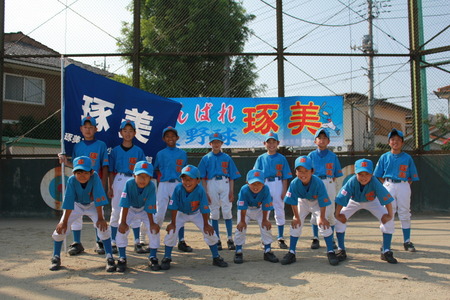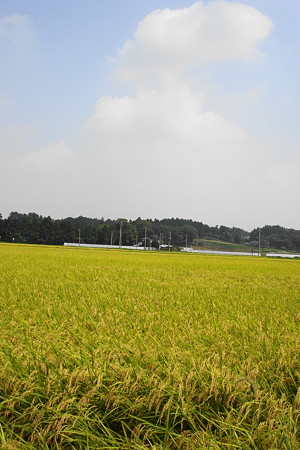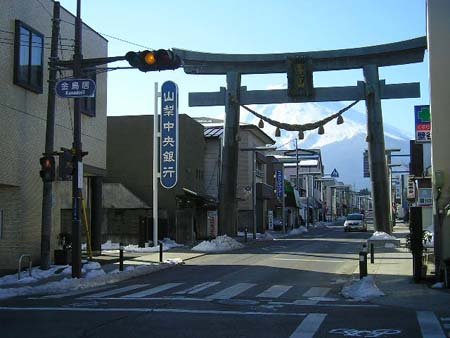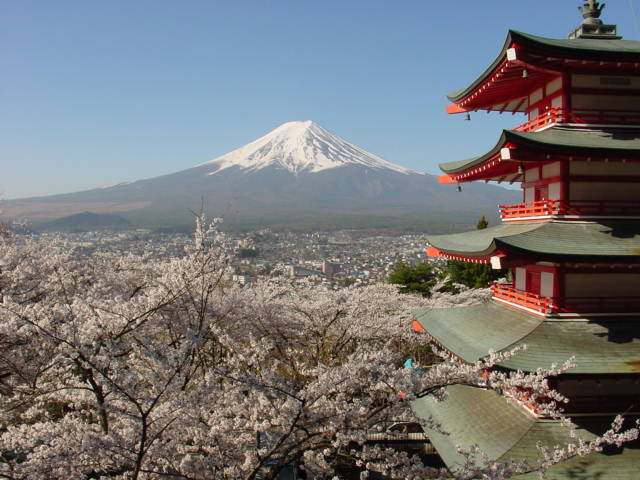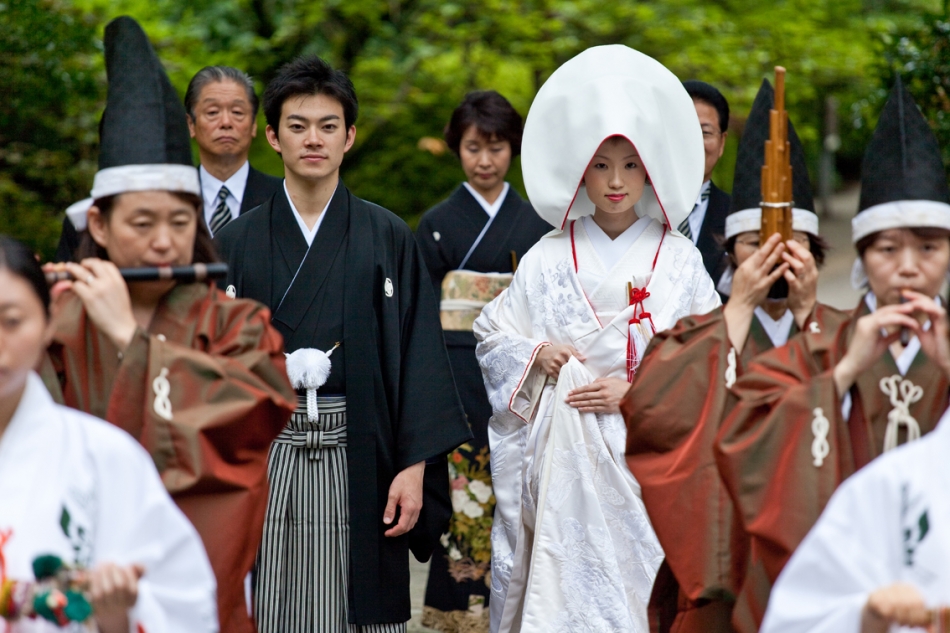
"wedding song" is the song in Fujifabric's 5th album, "MUSIC", and it was a wedding gift to Fujifabric's manager, Ms. Omori from Mr. Shimura, who wrote the music and the lyrics.
It is one of Fujifabric's rare songs which expresses the wish of blessing bride and groom with simple straight words.
An dignified intro of the song makes us feel like walking on the luxurious thick red carpet, and Mr. Shimura's voice in high tones and a mild merry tune are impressive.
This song with plain simple words could come to the world because of Mr. Shimura's great trust and affection towards Ms. Omori.
It is a heart-warming song that we can see Mr. Shimura's straightforward feeling wishing Mr. Omori a happy future.
This song was played in his younger sister's wedding party held last June.
He might be a bit shy that his song was played for his favourite sister...?
I wish you eternal happiness, Mr. Shimurra's sister!
Let's have a look at this special song called "wedding song" by Fujifabric.
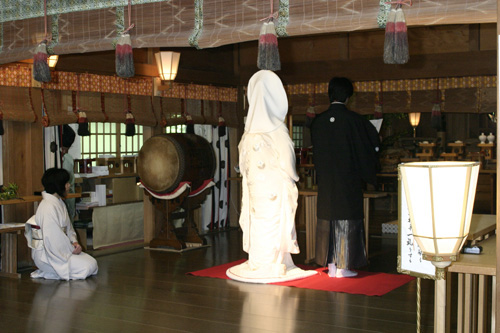
Mr. Shimura talked about how he feels about marriage on many occasions.
He genuinely faced music throughout his life, and always thought that "the message cannot be conveyed well to the listeners if there is a distance between 'me in the lyrics' and 'me in actual life'".
Mr. Shimura's life-sized shouts are transformed into the moving lyrics and strike our heart, but it was the result of his desperate efforts behind the scene.
"Most of the cases, after a musician gets married, the quality of his/her music falls off. There are only few musicians who are talented enough to be able to go over it. I haven't reached that level yet, so if I wrote the lyrics expressing happiness and satisfaction in my fulfilled life, nobody is attracted by my music any more. No matter how real the lyrics are.".
Mr. Shimura wanted to say, in another words, that it is extremely difficult to write a music expressing happiness compared to sadness and suffering for artists. And he also said that he was committing suicide with the lyrics for the sake of Fujifabric's lyrical world...
It is clearly shown how much commitment he put into his job.
He gave up everything including his happiness to make his music.
This is really the professional spirit as a musician, and these words can come from only the stellar songwriters.
There aren't many people in this world who is facing his/her job this serious.
Mr. Shimura's spirit, which reminds us an ascetic's soul, are sublimated and transformed into Fujifabric's music.
That is the reason why it strikes children's pure heart (Fujifabric is popular among children, too.) and wakes up the pure part in adults' heart which has been sleeping for a long time.
Their music extremely attractive to us with the charm which cannot be found in other rock bands.
Though Mr. Shimura has decided to dedicate his life to the music, he is also a man with warm blood, exactly same as us.
A wish to seek for happy life is nothing different to the one we have.
In Shimura Nikki (
Tokyo, Music, Rock'n Roll available only in Japanese language), he wrote about his friend's wedding (he is the 1st base guitarist of Fujifabric's) with deep emotion. Mr. Shimura praised his friend that he stuck his reasonable arguments through his life, and could marry, and after all, he is so cool.
Old members of Fujifabric played "Akaneiro No Yuuhi"(The Madder Red Setting Sun) and "Dance 2000" together, and he spent a fantastic day in his hometown, he said.
In another interview on the magazine, Mr. Shimura referred to the marriage and said, "I want to marry before the age of 35."
When I found his words after he passed away, I have lost my words...
He really deserved to have a happy family...
He had a right to be have a happier life in the future than the others as he devoted his life to the others' happiness through his music.
I wish he is now having a good time with good-hearted people, beyond gender, in the other side of the world.
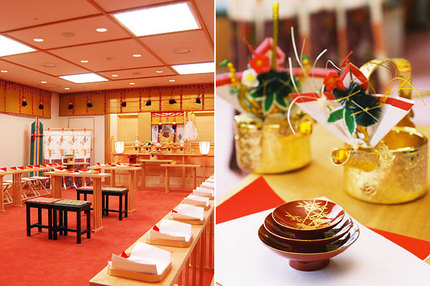
Another episode of Mr. Shimura that comes up in my mind is an article on withdrawal of Mr. Adachi on the drums.
He explained in Shimura Nikki (
Tokyo, Music, Rock'n Roll), "Withdrawal of a band member is like a divorce of a couple. We are not a family any more. It is something to be ashamed and pitiful. If being married, surely it is the best to stay together for the rest of our life. That's why I suffered greatly from the sense of failure."
These words are with dignity and it shows us how Mr. Shimura felt to the band members.
It sounds very Japanese to me.
Japanese view of marriage has developed in a peculiar way not to be very much influenced by the Teaching of Confucius unlike other East Asian countries.
Tomorrow, I will think about "Japanese view of marriage", and it will help us to understand Mr. Shimura's words through analysis of Japanese history.
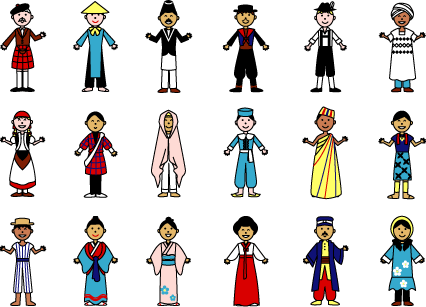


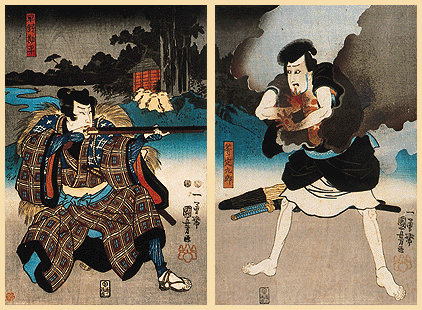


%E3%80%82.jpg)







